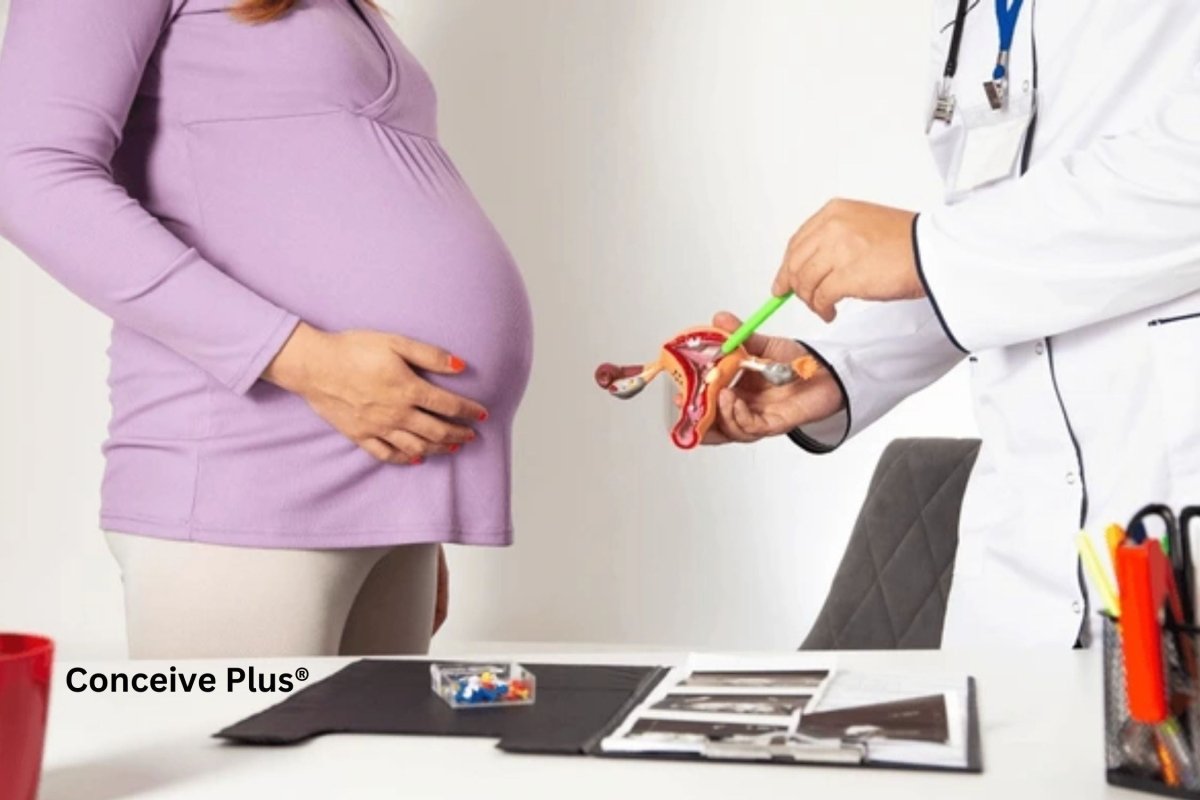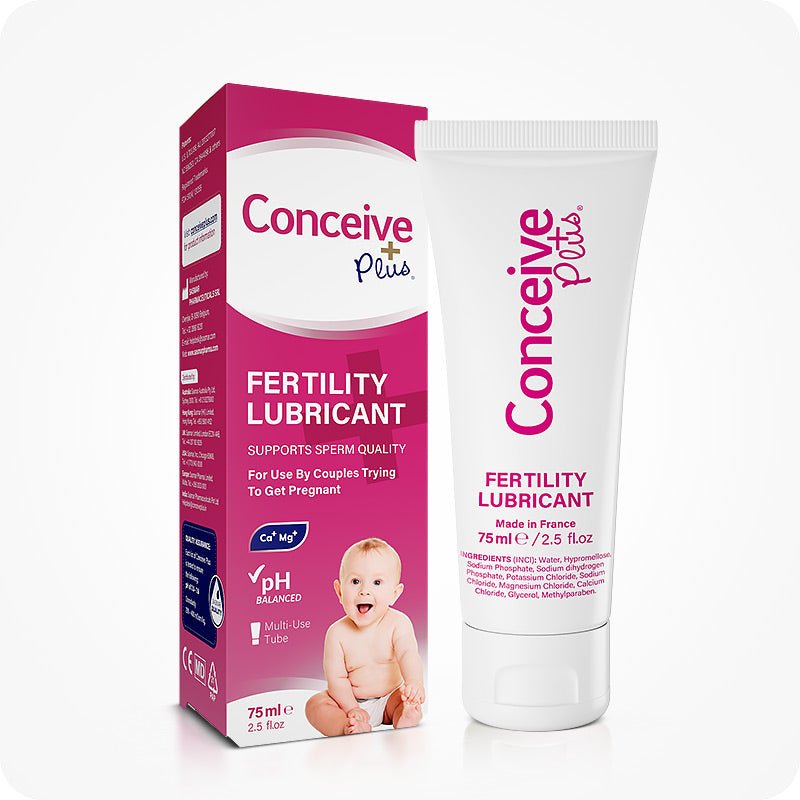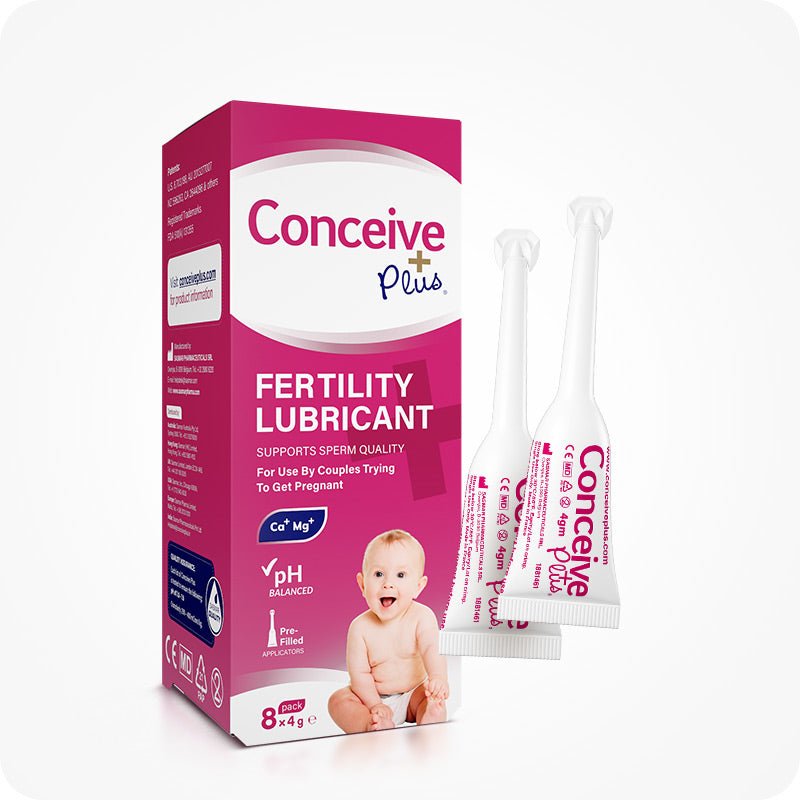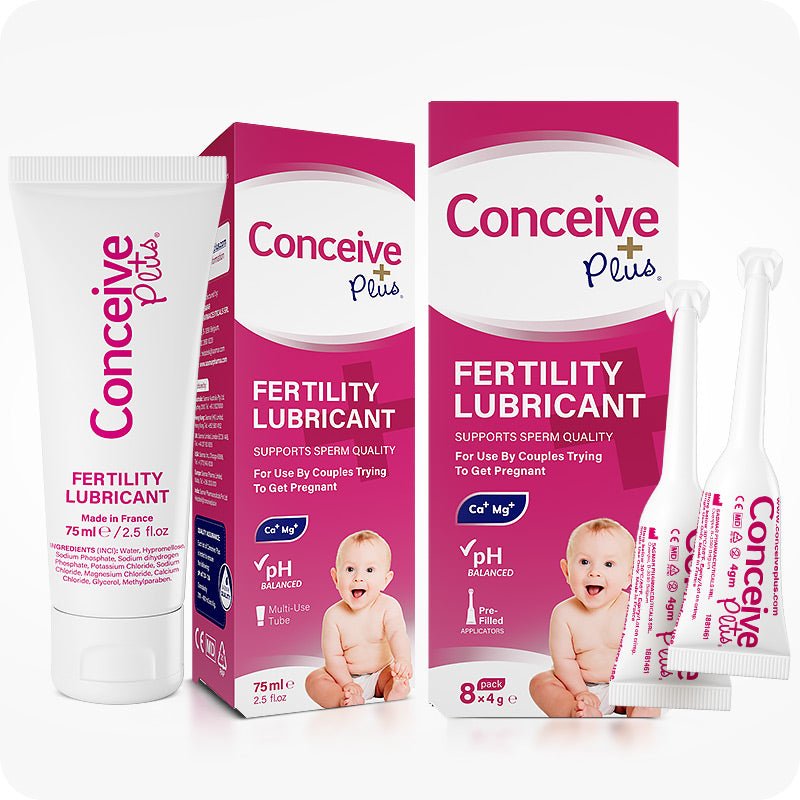Why Is My Uterus Changing? Exploring Reproductive Health

The uterus, a muscular organ located in the pelvis, plays a pivotal role in menstruation, fertility, and childbirth. Despite its core function in human reproduction, many people are surprised by how sensitive and adaptable this organ is to hormonal shifts, lifestyle changes, and various medical conditions. On any given day, external factors such as stress and diet, along with internal factors like the menstrual cycle, can influence how the uterus feels. Moreover, certain physical changes may invite questions and concerns about possible underlying causes, leading many to ask, why is my uterus behaving or feeling differently? This article delves into the diversity of uterine changes, potential reasons behind them, and the importance of monitoring symptoms, all while incorporating the latest medical insights. In doing so, it aims to shed light on some of the complex processes that can make people wonder about unusual sensations or fluctuations in this critical organ.
Endometriosis: When Tissue Appears Elsewhere
Endometriosis is a condition in which the tissue resembling the uterine lining (endometrium) grows outside the uterus, often spreading to the ovaries, fallopian tubes, or tissues lining the pelvis. This misplaced tissue still reacts to hormonal changes, causing inflammation, pain, and scar formation during menstrual bleeding. Because the blood cannot exit the body in the usual way, lesions can develop that may cause adhesions—bands of fibrous tissue—leading to chronic pain and sometimes fertility complications [1].
This condition is notoriously difficult to diagnose due to overlapping symptoms with other ailments, such as pelvic inflammatory disease or irritable bowel syndrome. Nevertheless, awareness has risen considerably, and more medical professionals are trained to recognize potential indicators. Individuals suspecting endometriosis might notice severe cramping that worsens over time, painful intercourse, or unexplained fatigue. Diagnostic tools range from pelvic examinations and ultrasounds to laparoscopic surgery, which offers a definitive diagnosis. Timely intervention can alleviate debilitating symptoms and help preserve fertility.
Factors That Can Affect Uterine Length
The size of the uterus isn’t always uniform across individuals, and in certain instances, it may appear elongated. A long uterus can be the result of hormonal fluctuations, genetic predisposition, or gradual changes in muscle structure over time. Sometimes, fibroids or adenomyosis can also create the impression of increased length. Although an extended uterine shape alone is not necessarily cause for alarm, it can occasionally hint at an underlying growth or other condition [2].
If you suspect that your uterus is larger than usual—due to pelvic pressure, frequent urge to urinate, or visual indications from an ultrasound—consider discussing this with a medical professional. Knowing whether the change in length is benign or symptomatic of a deeper issue is paramount. Based on diagnostic imaging and other evaluations, doctors can determine if treatment is needed to resolve or manage any uterus problems associated with an abnormal size or structure.
Impact on Fertility and Pregnancy
When assessing the reasons behind unusual uterine sensations, many individuals are especially concerned about fertility. Conditions such as endometriosis, fibroids, or congenital anomalies can impact conception or increase pregnancy-related risks. While some medical situations clearly raise concerns, others have minimal effect. For example, a small fibroid located on the outer surface might not pose the same risk as one large enough to distort the uterine cavity [3].
Once an official diagnosis of any reproductive issue is made, a variety of treatments can help improve fertility outlooks. Hormonal medications can help regulate cycles or manage endometriosis; surgical interventions may remove or reduce fibroids; lifestyle modifications can promote balanced hormones and healthy body weight [2]. Furthermore, assisted reproductive technologies—such as in vitro fertilization (IVF)—can offer additional avenues for those facing persistent challenges. Engaging in open conversations with fertility specialists helps individuals clarify their specific risks and explore potential strategies for building or expanding a family.
Anatomy and Primary Function
The uterus is roughly shaped like an inverted pear and sits in the pelvic region behind the bladder. Its walls have several layers, with the outermost (serosa) providing an external covering, and the middle (myometrium) containing smooth muscle fibers that enable contractions during both menstruation and childbirth. The innermost (endometrium) is a mucosal lining that undergoes cyclical changes each month. These monthly transitions involve thickening in anticipation of possible pregnancy, followed by shedding if fertilization does not occur. This process is central to the menstrual cycle [4].
Beyond its cyclical transformation, the uterus can vary in size and position. Some individuals have a slightly tilted orientation, while others might exhibit a somewhat elongated or long uterus. Minor differences in shape and size generally do not impede fertility or overall health. However, more significant deviations might prompt medical assessment, especially if accompanied by discomfort or heavy bleeding. Recognizing that there is a broad spectrum of what is considered normal can help mitigate undue worry and bring attention to genuine red flags when they arise [5].
Hormones and Their Far-Reaching Influence
Hormones orchestrate many bodily functions, including regulation of the menstrual cycle. Produced by glands such as the ovaries, thyroid, and pituitary, these chemical messengers travel through the bloodstream and affect organs in distinct ways. Estrogen and progesterone, for instance, play a central role in preparing the uterine lining for a potential pregnancy and signaling when the lining should be shed during menstruation.
When hormonal balance shifts—whether due to stress, puberty, birth control adjustments, or menopause—the uterus may respond by thickening or shedding its lining more rapidly or slowly than usual. Such variations can manifest as erratic bleeding patterns, changes in menstrual flow, or heightened cramping. Although occasional irregularity can be normal, significant or persistent deviations may indicate deeper uterus issues or related hormonal imbalances such as polycystic ovary syndrome (PCOS) or thyroid dysfunction. Consulting a healthcare provider for blood tests or pelvic exams can help isolate the cause and guide treatment strategies.
Impact of Lifestyle and External Factors
Lifestyle choices, including diet, exercise, and stress management, can substantially affect reproductive organs. Excessive physical exertion or intense athletic training can lead to lower body fat percentages, which, in turn, may disrupt hormonal cycles. This disruption can result in scanty or absent periods and possible changes in uterine response. On the other end of the spectrum, obesity has been linked to elevated estrogen levels, which can cause the uterus to build a thicker lining.
Chronic stress triggers cortisol release, which can further imbalance hormones. Over time, these changes might exacerbate uterine tenderness, induce more frequent cramps, or alter menstrual regularity. Poor dietary habits and insufficient nutrient intake limit the body’s ability to produce and regulate hormones effectively. When combined with stress, these factors might compound each other, making it harder to pinpoint the primary cause of any uterus problems. A holistic approach that includes a balanced diet, regular but moderate exercise, and stress-reduction techniques can optimize general reproductive health.
Benign Congenital Variations
Some individuals are born with structural differences in their uterus—referred to as congenital uterine anomalies. These might include a bicornuate shape (heart-shaped), a septate uterus (a band of tissue dividing the cavity), or a unicornuate form (where only half of the uterus is fully developed). In many cases, these anatomical differences never cause significant uterus problems, and individuals might not even be aware of their unique uterine shape until they become pregnant or undergo imaging for unrelated reasons [6].
That said, certain variations can elevate the risk of complications, such as miscarriage or preterm labor. Guidance from a healthcare provider specialized in reproductive medicine can help individuals understand how a congenital difference may influence fertility, pregnancy, and overall health. With proper monitoring, many go on to experience healthy pregnancies and deliveries.
Diagnostic Approaches
Modern medicine provides a range of diagnostic tools designed to identify the source of uterine discomfort or irregularity. Pelvic exams, blood tests, ultrasounds, and advanced imaging like MRI or hysterosalpingography (an X-ray test that looks at the uterus and fallopian tubes) can reveal malformations, growths, or inflammatory processes. In some situations, a minimally invasive surgery called laparoscopy allows direct visualization and even biopsy of suspicious areas.
Although these evaluations might sound daunting, they provide critical insights into how best to address suspected uterus issues. Timely intervention often prevents potential complications, ranging from chronic pain to long-term fertility challenges. If a primary care physician or gynecologist identifies a possible concern, they may refer patients to specialists in endocrinology, reproductive medicine, or oncology for further evaluation. Clear communication among healthcare teams is vital, so never hesitate to ask questions about each step of the diagnostic journey.
The Path to Balanced Uterine Health
Maintaining a healthy uterus involves an interplay of hormone regulation, balanced nutrition, emotional wellness, and timely medical interventions when necessary. Each of these components is critical; if one is compromised, the entire equilibrium can be thrown off. By staying informed about common gynecological conditions and actively working to support reproductive health, individuals can minimize the risk of complications, protect fertility, and live more comfortably. Recognizing that a wide range of factors—including genetic predispositions, environmental exposures, and personal habits—can influence uterine behavior is key to avoiding panic and taking proactive steps toward wellness.
It’s also important to bear in mind that every person’s baseline is unique. What may be normal for one individual might be an alarming signal for someone else. Learning to differentiate among fleeting aches, cyclical cramping, and persistent pain paves the way for nuanced self-awareness. This includes acknowledging emotional stressors and mental health aspects, as chronic anxiety can also manifest in physical symptoms around the pelvic region. Whether through stress-reduction techniques or targeted exercise programs, prioritizing psychological well-being is a cornerstone of comprehensive reproductive care.
The Bottom Line
Factors like hormones, structural variations, infections, and lifestyle can all influence how the uterus feels or functions, occasionally causing individuals to question, why is my uterus exhibiting unfamiliar signs. By understanding potential causes, paying attention to symptoms, and seeking professional guidance when needed, one can stay attuned to healthy uterine function and address problems before they become severe. Ultimately, reproductive organs can undergo many changes, some entirely normal and others indicative of underlying concerns.
References
- Sallée C, Margueritte F, Marquet P, Piver P, Aubard Y, Lavoué V, Dion L, Gauthier T. Uterine Factor Infertility, a Systematic Review. J Clin Med. 2022 Aug 21;11(16):4907. doi: 10.3390/jcm11164907. PMID: 36013146; PMCID: PMC9410422.
- Yang Q, Ciebiera M, Bariani MV, Ali M, Elkafas H, Boyer TG, Al-Hendy A. Comprehensive Review of Uterine Fibroids: Developmental Origin, Pathogenesis, and Treatment. Endocr Rev. 2022 Jul 13;43(4):678-719. doi: 10.1210/endrev/bnab039. Erratum in: Endocr Rev. 2022 Jul 13;43(4):761. doi: 10.1210/endrev/bnac007. Erratum in: Endocr Rev. 2022 Jul 13;43(4):762. doi: 10.1210/endrev/bnac006. PMID: 34741454; PMCID: PMC9277653.
- Parasar P, Ozcan P, Terry KL. Endometriosis: Epidemiology, Diagnosis and Clinical Management. Curr Obstet Gynecol Rep. 2017 Mar;6(1):34-41. doi: 10.1007/s13669-017-0187-1. Epub 2017 Jan 27. PMID: 29276652; PMCID: PMC5737931.
- Ameer MA, Fagan SE, Sosa-Stanley JN, et al. Anatomy, Abdomen and Pelvis: Uterus. [Updated 2022 Dec 6]. In: StatPearls [Internet]. Treasure Island (FL): StatPearls Publishing; 2025 Jan-. Available from: https://www.ncbi.nlm.nih.gov/books/NBK470297/
- Gasner A, P A A. Physiology, Uterus. [Updated 2023 Jul 30]. In: StatPearls [Internet]. Treasure Island (FL): StatPearls Publishing; 2025 Jan-. Available from: https://www.ncbi.nlm.nih.gov/books/NBK557575/
- Jayaprakasan K, Ojha K. Diagnosis of Congenital Uterine Abnormalities: Practical Considerations. J Clin Med. 2022 Feb 25;11(5):1251. doi: 10.3390/jcm11051251. PMID: 35268343; PMCID: PMC8911320.













